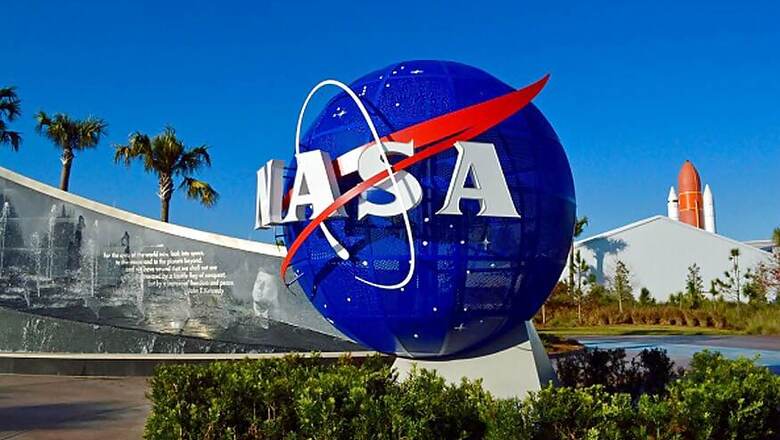
views
NASA has postponed the launch of James Webb Space Telescope from October 2018 to around mid-2019 due to issues related to the integration of various spacecraft elements. It is now likely to be launched between March and June 2019, NASA said on Thursday. "The change in launch timing is not indicative of a hardware or technical performance concerns," said Thomas Zurbuchen, Associate Administrator for NASA's Science Mission Directorate in Washington. "Rather, the integration of the various spacecraft elements is taking longer than expected," Zurbuchen said.
The James Webb Space Telescope, an international project led by NASA with its partners ESA (European Space Agency) and the Canadian Space Agency, will be the successor to NASA's Hubble Space Telescope. The US space agency believes that the when launched the Webb will be the world's most powerful space telescope ever built, serving thousands of astronomers worldwide. As part of an international agreement with the ESA to provide the desired launch window one year prior to launch, NASA recently performed a routine schedule assessment to ensure launch preparedness and determined a launch schedule change was necessary.
The careful analysis took into account the remaining tasks that needed to be completed, the lessons learned from unique environmental testing of the telescope and science instruments at NASA's Goddard Space Flight Center in Greenbelt, Maryland, and the current performance rates of integrating the spacecraft element. NASA said testing of the telescope and science instruments continues to go well and on schedule at its Johnson Space Center in Houston, Texas.
The spacecraft itself, comprised of the spacecraft bus and sunshield, has experienced delays during its integration and testing at Northrop Grumman in Redondo Beach, California. The additional environmental testing time of the fully assembled observatory - the telescope and the spacecraft - will ensure that Webb will be fully tested before launching into space, NASA said. The 6.5-metre diameter infrared-optimised telescope is designed to study an extremely wide range of astrophysical phenomena -- the first stars and galaxies that formed; the atmospheres of nearby planets outside our solar system, known as exoplanets; and objects within our own solar system.
Watch Video: Xiaomi MI Mix 2 | Review | A Fascinating Smartphone Experience | News18 Tech


















Comments
0 comment